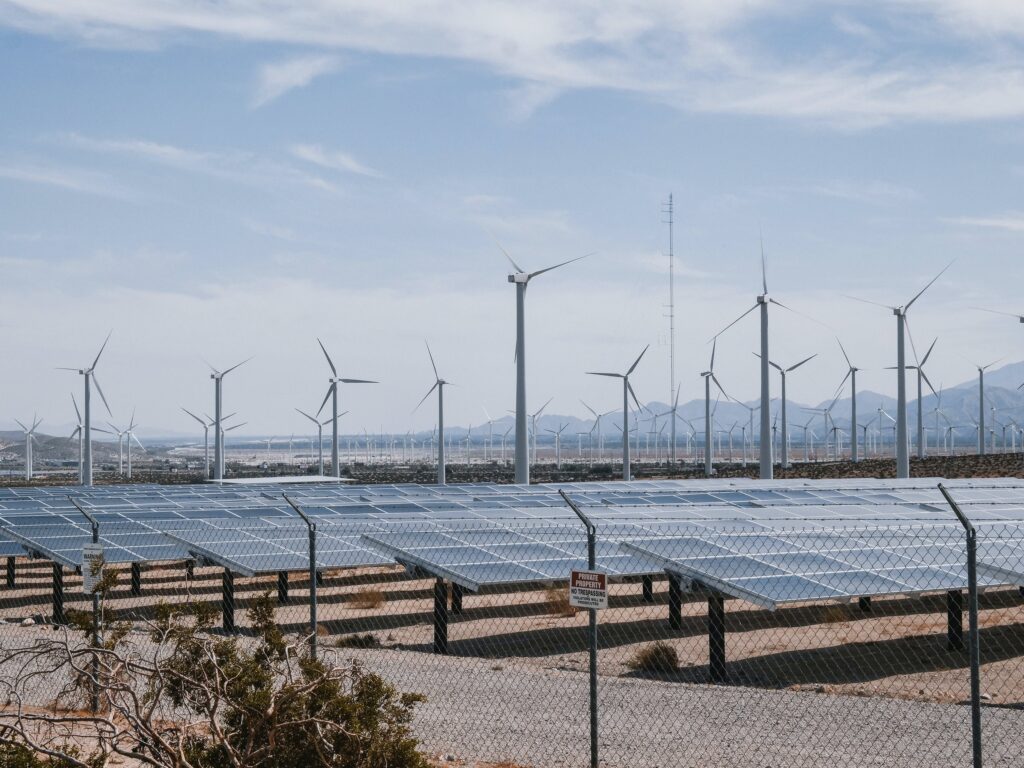In Paris in 2015, the world’s leaders set the ambitious target of limiting the rise in global temperatures to 1.5 degrees Celsius by the end of this century. If we want to achieve this, the shift away from fossil fuels and towards renewable energy will evidently have a central role to play. This shift towards greener energy is already well underway: renewable energy generation capacity grew by 6% in the UK in Q2 2023 compared to the same quarter last year (according to the Department for Energy Security & Net Zero).
However, while the growth that we have seen is no doubt promising, it has already presented a number of issues. Renewable energy projects represent a significant structural change for society– especially in the context of a local community. The land intensive nature of renewable energy projects – wind and solar projects in particular – means that local communities around the world are likely to be severely affected by the development of new infrastructure. And in the most extreme cases, displaced.
So, what impacts have we already seen? And how can we mitigate them going forward?

Green energy boom needs land– and lots of it
As we continue to transition towards a greener future, global renewable electricity capacity is set to almost triple between 2021 and 2030, to more than 8800 gigawatts (according to McKinsey).
The vast majority of this power will come in the form of onshore wind and solar energy. Renewable energy sources are, for the most part, extremely land intensive.
In order to facilitate the green transition, developers are going to need to find a lot of land – and fast. In fact, both wind and solar generation need around 10 times the land per unit of power produced than coal/natural gas-fired power plants (according to Brookings). As a result, we have seen land use change significantly globally; land that, historically, has been occupied and used by local communities.

Global displacement
Given the scale of renewable energy projects, we have already seen a number of local communities, often in emerging markets, displaced as a result of infrastructure developments.
In Rempang, Indonesia, for example, 16 villages and around 7500 inhabitants are facing eviction from their homes as a result of a plan to transform the island into a solar powered ‘ecocity’. The Indonesian government – along with a Chinese-backed business consortium who committed $11.5bn to the project – are looking to move the entire community onto a separate island, making space for the solar manufacturing centre and solar farm.
In addition, March this year saw Greta Thunberg and a team of activists protesting against the construction of wind farms in Norway. At face value this sounds heavily contradictory, but the wind farms are built on land used by the Sami people – a people best known for reindeer herding, a practice that has traditionally been at the heart of Norwegian livelihood.
It is clear that, as demonstrated in the Rempang example, the renewable energy boom is largely reliant on developing countries. Given the scale of the green revolution, this kind of development is likely to add fuel to the flames of an already tense relationship between the state and the vulnerable – and, in most cases, reinforce inequalities. No amount of financial compensation will be able to replicate the sense of a home lost.
Engaging stakeholders
In order to best mitigate the impacts of forceful displacement as a result of green development, governments need to find a way to involve local communities in the decision-making process from the outset. Engaging community stakeholders, involving them in the process, will give the local area a voice. This will not only limit the negative impacts of a project; it will increase the amount of people who support and accept it.
As it stands, renewable energy projects have very little transparency and lack accountability. Involving the community would lead to better informed, more legitimate decisions, which would hopefully minimise the negative impacts – which is often human displacement – felt by some of the most vulnerable demographics in the world.





